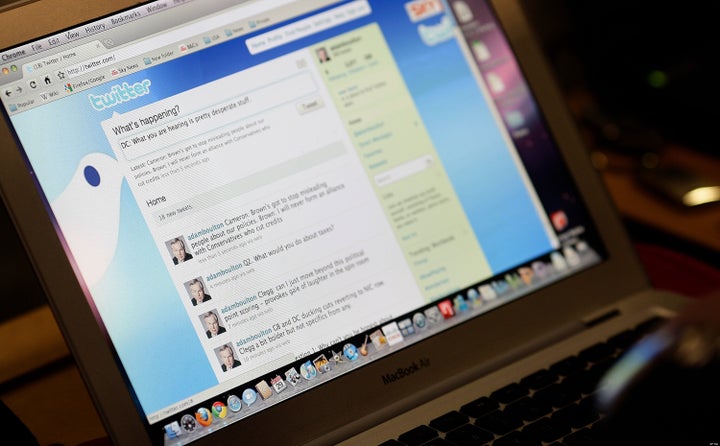
I'm supposed to like Twitter. I tweet for Yahoo! and myself, but Twitter mostly leaves me cold. I've been wondering why -- I mean, I'm a social media guy, after all -- and it struck me: Maybe it's because Twitter isn't really social.
That's pretty rich coming from a guy whose company is sponsoring a Twitter conference this week, I know. Twitter has a lot of value for marketers, and that's why we invest in it. It's just that as a social network, as a platform, Twitter doesn't do a lot of the things that marketers need from social media. It helps us broadcast and gather information, but it doesn't necessarily help us get closer to our customers, or help us to build community. And if that's your definition of social -- and it happens to be mine -- then no, it's not quite social.
Get it out there
"Twitter's strengths and limitations are both based in its structure, "says Edelman SVP and Director of Insights Steve Rubel, a long-time Twitter user. I couldn't agree more.
So let's start with what Twitter does really well: spreading information and building thought leadership. With Twitter, we can get our message out to a whole universe of readers, not just the ones at our blog or on our email lists, at no additional cost. And because millions of people are out there tweeting, unfiltered, we can spot patterns in the tweets for trends that we should be watching.
Twitter's good at getting to the people who might be your customers one day.
And that's the difference between a fan and a follower. Our Yahoo! Advertising Facebook fans -- er, likers -- tend to be people who already know that they like us. Our Twitter followers are usually people who didn't know they liked us until they saw what we tweeted.
But here's the thing: Most of the activity I see on Twitter is really broadcasting. With the exception of a few dozen of our followers, we're not talking with each other. We're all talking at each other.
If a Tweet falls in the woods...
Twitter small talk is its own kind of conversation, little trivial interactions that deepen social bonds, says Laura Fitton, social media consultant and founder of oneforty.com. "Like when you walk around town," she adds. "You don't stop and have a deep conversation, you just chat."
But the biggest problem with Twitter is all that chatter, and the impossibility of making sense of the 100 million Tweets each day. "Content on Twitter decays instantaneously," Rubel says. "Tweets are falling in the forest, and nobody's hearing them."
I have a different analogy: It's as if you're trying to feed someone by shooting pieces of a sandwich -- bread, tomatoes, meat -- past their head at 90 miles an hour. And half of the things flying by them aren't even food, they're garbage. Or toasters. The odds of someone eating your sandwich are pretty slim.
If you're a marketer with a message, you have to hope that your followers are looking at their Tweet stream at that very second. In a place like Facebook, or even Yahoo!'s new social integration, things from people you care about have a way of sticking around.
There's one obvious thing you can do to make sure that followers click on your content: "Make sure you matter. Make sure you have something at your core that they need," Fitton says.
But they have to be watching you in the first place. Hashtags, lists, and social media tools can help people pay better attention to you, but you can't control who's using them.
Function follows form
Twitter's received a lot of deserved attention for customer service -- for helping businesses monitor what customers are saying, and then responding. But what we really need on Twitter is to go beyond these sorts of reactionary encounters to deeper, extended interactions. That requires things like threaded conversations and the ability to easily create more intimate groups where not everyone in the world can hear what you have to say.
Fitton points out that "social CRM" tools, categorized on oneforty.com, help bring order to Twitter relationships. Twitter's open platform makes all of those tools possible. But because it doesn't yet build that type of order into its platform, it also means that those tools are necessities.
And finally, for the sacred cow: Tweets are just Too. Damn. Short.
Maybe not for everybody, but when you're trying to talk to a customer who does thousands or millions of dollars worth of business with you, you need a little room to expand. For example, we tried to compress complicated responses to Twitter questions during our transition to Microsoft search, sometimes to comical results. As long as you're limited to 140 characters, there are limits to what you can say to someone.
The Tweet has passionate defenders, of course. "It makes people make a point in a very crisp way. "In an attention-starved world, it benefits the users," Rubel says. I like Tweets, too -- they appeal to the writer in me. But then, I also like haikus:
Twitter seems a good Way to get close to people.Not quite ready yet.
For more from Jeff, visit the Yahoo! Advertising Blog or follow @YahooAdBuzz.